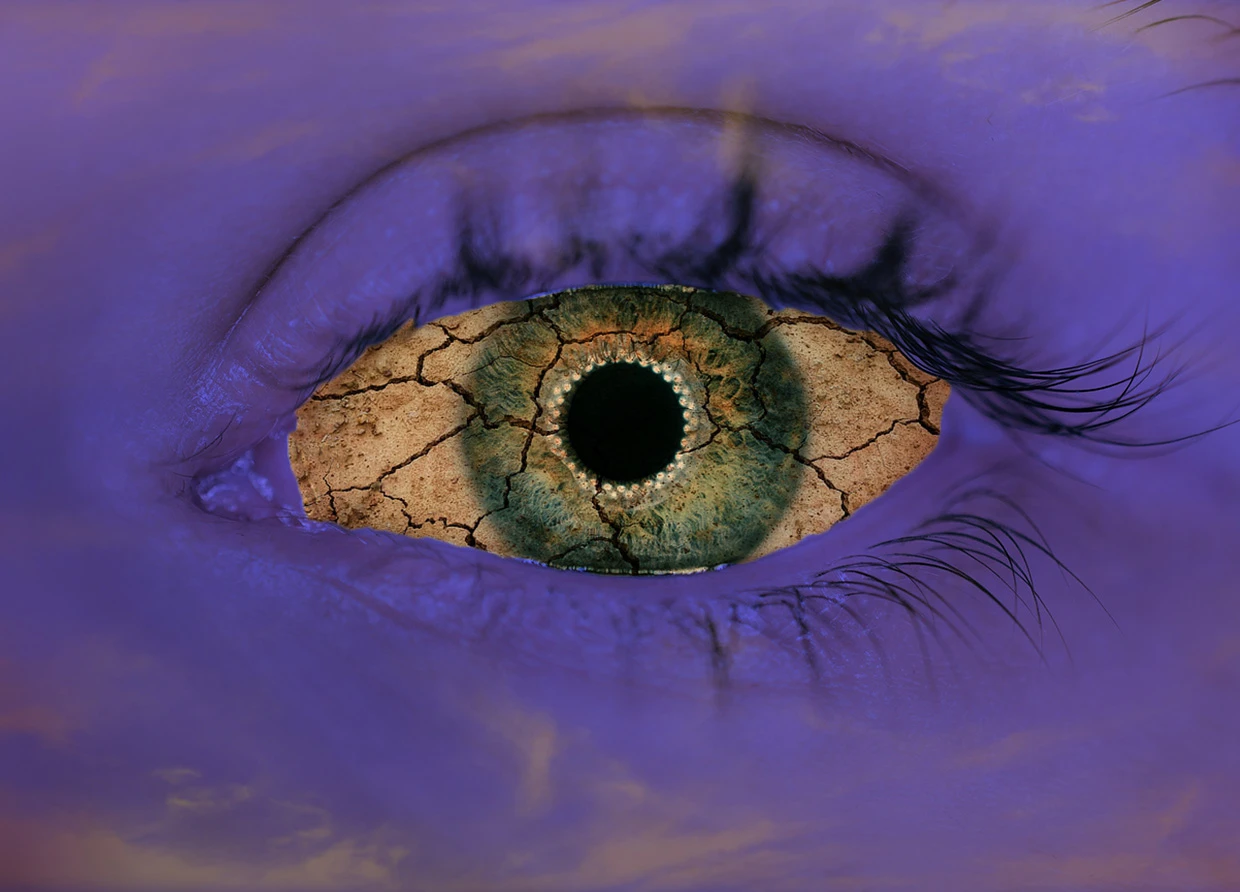DON'T FORGET TO BLINK: TIPS TO TREAT DRY EYES
Cases of dry eyes see an increase during the pandemic. Here's how to treat (or avoid) the condition.

The prolonged screen time caused by the surge in our online activity seemed to have increased the occurrence of dry eye, which was already a common occurrence prior to the pandemic.
Dry eye syndrome is a condition in which tears do not adequately lubricate the eyes. In the U.S., it is estimated that 16 million Americans, or about 6 percent of the adult population, are affected by dry eyes. It typically causes pain and an irritating sensation in the eyes, but it also may cause more serious complications such as vision loss.
Dry eyes are most commonly caused by disruptions to the tear system. There are many reasons why the tears do not lubricate the eyes properly. Tears are produced in the glands above the eyes. When we blink, a tear film is spread over the eyeballs, cleansing them and keeping them moist. The tears, then, drain into the tear ducts on the inside corner of each eye.
Disruptions such as the glands not producing enough tears, the tear ducts draining tears too fast, and forgetting to blink can cause dry eyes. The most common contributing factors to dry eyes include but are not limited to the following.
View this post on Instagram
- Being female
Hormonal changes during pregnancy, menopause, and upon receiving contraceptive treatment may cause the glands to produce fewer tears. - Being old
The elderly produce fewer tears. That's just how it works. - Autoimmune diseases
Autoimmune diseases such as Sjögren syndrome, which is a condition in which the immune system attacks the fluid glands — including those that make tears — may cause people more prone to dry eyes. - Medications
Some medications may disrupt tear production. These include antihistamines, decongestants, and blood pressure medications. - Diabetes
In diabetes, nerve damage may occur to the glands that produce tears. - Having undergone laser eye surgery
Laser eyes surgery has been linked with dry eyes. - Prolonged screen time
Looking at screens makes us forget to blink. Please blink now if you haven't!
The signs and symptoms of dry eyes include a scratchy, stinging, or burning sensation in the eyes, feeling like there is something in the eyes, the eyes being watery, mucus, redness, being overly sensitive to light, and blurry vision.
Without further ado, below are our top tips for treating (or preventing, if you haven't caught one) the condition.
View this post on Instagram
- Stay hydrated
Be sure to drink at least eight glasses of water. Drink now if you haven't! - Stay moist
Use a humidifier in your home and office if possible. - Reduce screen time
Staying away from screens can help reduce eye irritations. - Blink often
Please blink again, now. - Protect your eyes
Wear sunglasses in windy, bright, or dry environments. - Say goodbye to contact lenses
They make dry eyes worse. - Take vitamins
Vitamin A, vitamin C, flaxseed oil, and omega-3 fatty acids have been proven to boost tear production. Beware, though, as too much vitamin A can be harmful. - Sleep tight
Get the recommended seven to eight hours of sleep each night. It's a must. - Use a warm compress and massage the eyes
Reduce inflammation around the eyes with a warm compress and gentle massages to the eyes.
If your dry eyes continue and you start experiencing changes in your vision, such as blurriness, seek professional help. Treatment for dry eyes may include (1) over-the-counter eye drops, (2) prescription eye drops, (3) tear duct plugs, and (4) surgery.
#THE S MEDIA #Media Milenial #Dry eye #Wellness #Pandemic #Screen time #Gadget addiction #Phone addiction



























